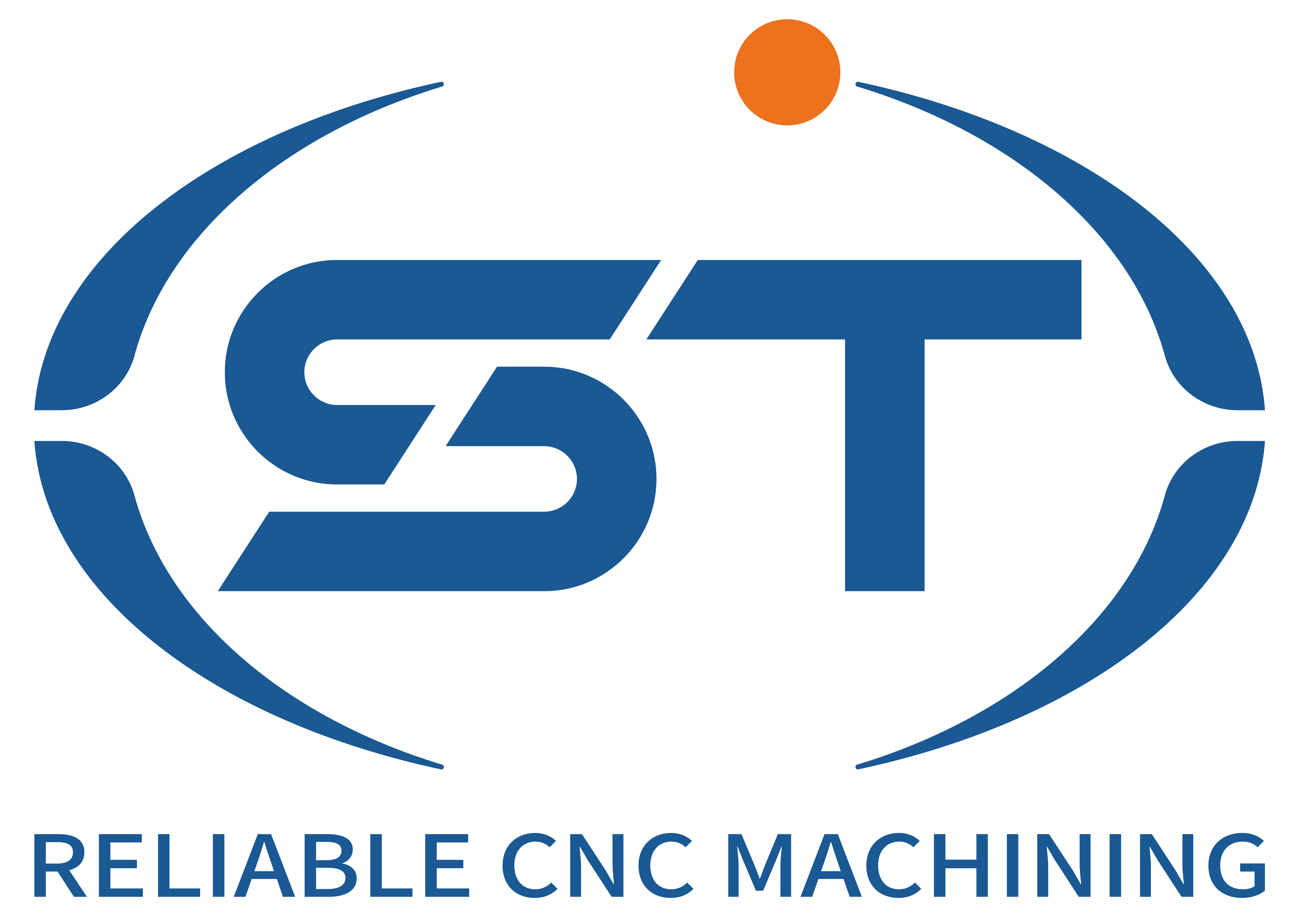The CNC-bewerking accuracy of automotive parts directly affects their assembly performance, functional reliability and service life, and it is necessary to achieve full-process quality control through multi-dimensional detection methods. The following analysis is conducted from the classification of detection methods, key points of technical implementation, and typical application scenarios:
Inhoudsopgave
SchakelaarFirst, online detection technology: Real-time deviation correction during the processing
Online inspection, by integrating measurement equipment and numerical control systems, realizes real-time monitoring and dynamic compensation of dimensional and positional errors during the processing, serving as the first line of defense to ensure processing accuracy.
Contact probe detection
Principle: The probe triggers the signal through mechanical contact and feeds back the workpiece size data to the numerical control system.
Application scenarios:
Hole system position accuracy detection: When processing engine blocks, the probe can detect the diameter and center distance of the cylinder hole in real time. When the error exceeds the limit, the tool offset will be automatically adjusted.
Complex curved surface contour detection: When processing the impeller of a turbocharger, the probe can sample at multiple points along the curved surface path to correct the processing path.
Advantages: High detection accuracy (up to ±0.002mm), suitable for precision parts processing.
Non-contact laser detection
Principle: The laser beam scans the surface of the workpiece, and the dimensional and positional errors are calculated based on the reflected light signal.
Application scenarios:
Deformation detection of thin-walled parts: When processing aluminum alloy wheels, laser detection can monitor the changes in wall thickness in real time, avoiding ellipticity caused by clamping force.
High-speed machining process monitoring: When processing high-strength steel connecting rods, laser detection can achieve data collection 1,000 times per second, promptly correcting cutting parameters.
Advantages: Fast detection speed (up to 10m/s), suitable for high-speed processing and parts prone to deformation.
Force feedback control technology
Principle: By monitoring the changes in cutting force through a force sensor, the dimensional error of the workpiece can be indirectly inferred.
Application scenarios:
Deep hole processing: When processing the oil hole of the crankshaft, the force sensor can detect the change in chip removal resistance and adjust the feed rate to avoid the hole diameter from exceeding the tolerance.
Thin-walled parts processing: When processing hydraulic cylinder blocks, force sensors can monitor the clamping force distribution in real time to prevent workpiece deformation.
Advantages: No direct contact with the workpiece is required, making it suitable for complex structures and easily damaged surfaces.
Second, offline detection technology: accuracy verification after processing
Offline inspection, which conducts a comprehensive inspection of the processed parts through high-precision measuring equipment, is a key link to ensure the final quality.
Three-coordinate measuring machine (CMM) inspection
Principle: By contacting the surface of the workpiece with a probe, multi-point coordinate data is collected and dimensional and positional errors are calculated.
Application scenarios:
Key dimension verification: When processing engine blocks, CMM can detect the diameter of the cylinder bore, cylindricity and positional accuracy, with an error of no more than 0.005mm.
Complex surface detection: When processing the transmission housing, the CMM can scan the surface and generate point cloud data for comparison with the theoretical model.
Advantages: High detection accuracy (up to ±0.001mm), suitable for high-precision parts.
Detection by roundness tester and cylindricity tester
Principle: The radial runout during the rotation of the workpiece is measured by high-precision sensors, and the errors of roundness and cylindricity are calculated.
Application scenarios:
Inspection of shaft parts: When processing the crankshaft journal, a roundness tester can detect the roundness error of the journal, which should be ≤0.003mm.
Inspection of hole-type parts: When processing the inner holes of hydraulic cylinder blocks, the cylindricity error of the holes can be detected by a cylindricity tester, which should be ≤0.005mm.
Advantages: Specifically designed for rotating surface inspection, with intuitive and reliable data.
Image measuring instrument detection
Principle: By means of optical imaging and image processing technology, the two-dimensional dimensions and positional errors of the workpiece are measured.
Application scenarios:
Inspection of planar parts: When processing sensor housings, the image measuring instrument can detect the flatness of the end face and the position of the hole system, with an error of no more than 0.01mm.
Micro-size inspection: When processing micro-gears, the image measuring instrument can detect the cumulative error of the pitch, which should be ≤0.005mm.
Advantages: Non-contact detection, suitable for parts that are prone to deformation or small.
Third, process monitoring technology: The stability guarantee of the processing system
Process monitoring, by collecting real-time data on the status of machine tools and analyzing abnormal fluctuations during the processing, is an important means to prevent accuracy deviations.
Machine tool thermal error monitoring
Principle: The thermal deformation of the machine tool is monitored by temperature sensors and displacement sensors, and a thermal error model is established for compensation.
Application scenarios:
Long-term processing: After continuous processing for 4 hours, the thermal deformation of the machine tool spindle and guide rail will cause dimensional errors, which need to be corrected through a thermal error compensation system.
High-precision parts processing: When processing precision bearing rings, thermal error compensation can reduce dimensional errors to within ±0.002mm.
Vibration and noise monitoring
Principle: The vibration and noise during the cutting process are monitored by an acceleration sensor and an acoustic sensor to analyze the processing stability.
Application scenarios:
High-speed cutting: When processing aluminum alloy pistons, the vibration amplitude must be controlled within 0.005mm; otherwise, it will cause the surface waviness to deteriorate.
Difficult-to-machine materials: When processing quenched steel gears, abnormal noise may indicate tool wear and should be replaced in a timely manner.
Tool wear monitoring
Principle: The wear state of the cutting tool is monitored through power sensors, acoustic emission sensors or vision systems to predict the tool life.
Application scenarios:
Deep hole machining: When machining the oil hole of the crankshaft, the wear of the tool’s rear face should be controlled within 0.2mm; otherwise, it will cause the hole diameter to exceed the tolerance.
Batch production: When processing engine blocks, tool wear monitoring can reduce the number of scrapped parts caused by tool breakage.
Fourth, analysis of typical cases
Inspection of the machining accuracy of engine cylinder blocks
Inspection requirements: The diameter error of the cylinder hole is ≤0.005mm, and the positional accuracy error is ≤0.01mm.
Detection methods:
Online detection: The contact-type probe monitors the cylinder hole diameter and center distance in real time and dynamically adjusts the tool offset.
Offline inspection: CMM detects the cylindricity and positional accuracy of the cylinder hole, and the image measuring instrument detects the flatness of the end face.
Process monitoring: The thermal error compensation system corrects the thermal deformation of the machine tool, and tool wear monitoring prevents tool breakage.
Result: The compliance rate of processing accuracy increased to 99.5%, and the first-time qualification rate of assembly increased by 30%.
Detection of machining accuracy of motor shafts for new energy vehicles
Inspection requirements: The roundness error of the journal shall be ≤0.002mm, and the cylindricity error shall be ≤0.003mm.
Detection methods:
Online detection: Laser detection monitors the changes in journal diameter and wall thickness in real time, and force feedback control adjusts the feed rate.
Offline inspection: The roundness tester inspects the roundness of the journal, and the cylindricity tester inspects the cylindricity of the shaft.
Process monitoring: Vibration sensors monitor cutting stability, and noise analysis warns of tool wear.
Result: The processing accuracy error was reduced to within 0.001mm, and the motor noise was reduced by 2dB.
Fifth, Summary
The detection methods to ensure the accuracy of CNC machining of automotive parts need to cover three major dimensions: online detection, offline detection and process monitoring, and form a full-process quality control system. In actual production, it is necessary to select appropriate detection methods and technical combinations in combination with the structure of parts, material properties and equipment capabilities. For example, dimensional errors can be reduced by more than 60% through online detection and real-time compensation, while offline detection can ensure that the final quality meets the design requirements. In addition, process monitoring technology can provide early warnings of processing anomalies, reduce the costs of scrapped parts and rework, and ultimately enhance the overall quality of components and production efficiency.




